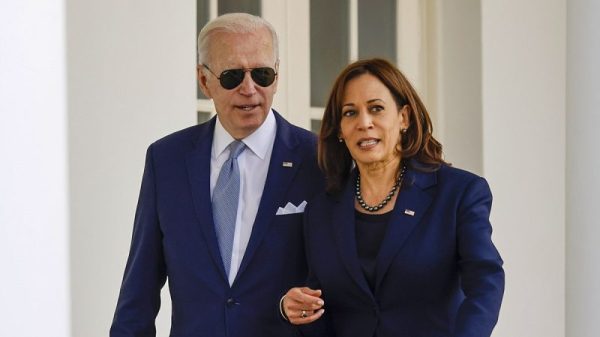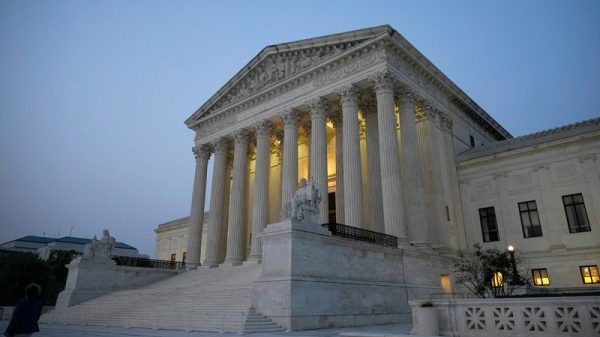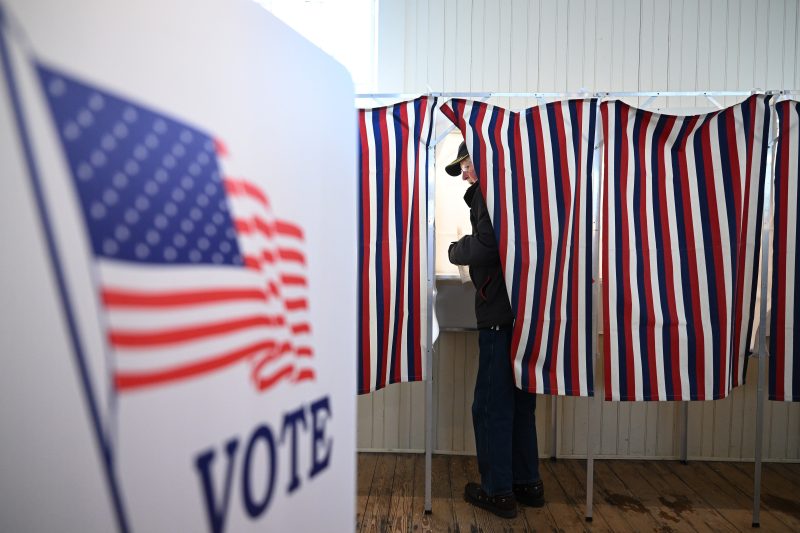In this article, we will delve into the complexities surrounding the National Popular Vote plan and its challenges to the current Electoral College system in the United States. The discourse over the Electoral College has been a longstanding debate in American politics, with proponents and opponents arguing over its effectiveness in representing the will of the people.
The National Popular Vote plan seeks to address what many perceive as shortcomings of the Electoral College system. Under the Electoral College, each state is allocated a certain number of electors based on its population size, and these electors ultimately determine the outcome of the presidential election.
One of the key criticisms of the Electoral College is that it can lead to a candidate winning the presidency without winning the popular vote. This discrepancy between the popular vote and the electoral vote has sparked calls for reform, with proponents of the National Popular Vote plan advocating for a more direct form of democracy where the candidate with the most votes nationwide wins the election.
However, implementing the National Popular Vote plan poses several challenges. One of the main obstacles is the need for states to enter into an interstate compact to allocate their electoral votes to the winner of the national popular vote, instead of the winner of their respective state. As of now, not all states have joined this compact, leading to a fragmented system where some states adhere to the traditional Electoral College method while others participate in the National Popular Vote plan.
Another challenge is the potential for legal and constitutional hurdles. Critics argue that changing the electoral voting process would require a constitutional amendment, as the current system is enshrined in the U.S. Constitution. This legal complexity adds a layer of difficulty to the implementation of the National Popular Vote plan.
Furthermore, there are concerns about the impact of a national popular vote on election dynamics. Some argue that a popular vote system could incentivize candidates to focus solely on populous urban areas, neglecting the interests of less densely populated regions. This shift in campaign strategy could potentially marginalize certain states and demographics, altering the current balance of power in presidential elections.
In conclusion, the National Popular Vote plan presents a novel approach to addressing the perceived deficiencies of the Electoral College system. While it aims to create a more direct and democratic form of presidential election, the plan faces significant challenges in terms of state participation, legal obstacles, and potential implications on election dynamics. As the debate over electoral reform continues, it is essential to consider the complexities and implications of any proposed changes to the current electoral voting process.


































